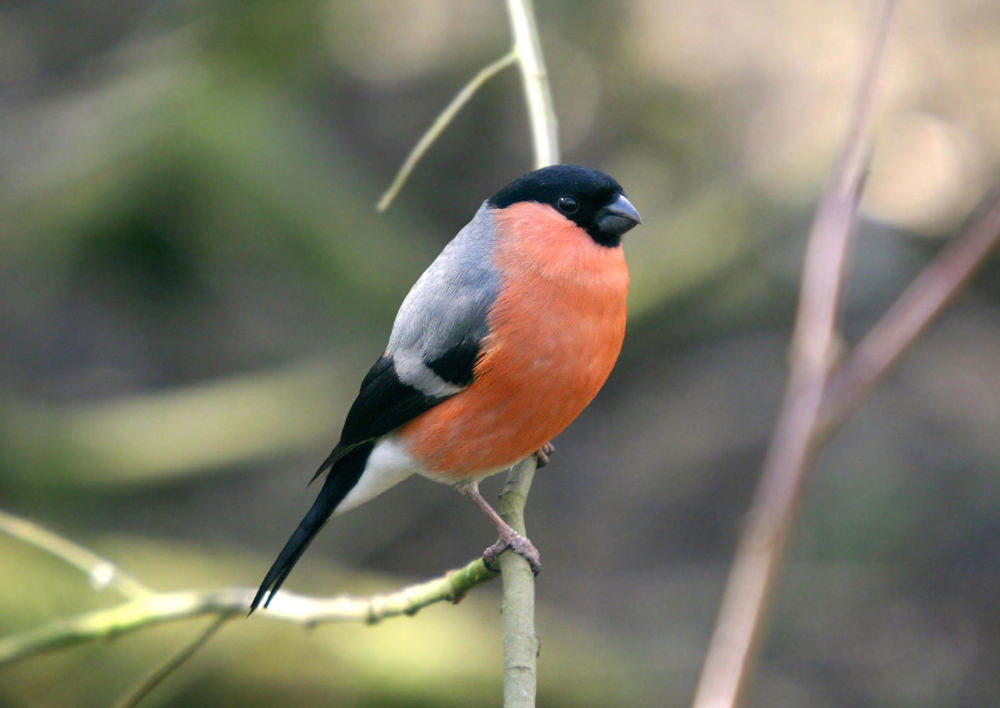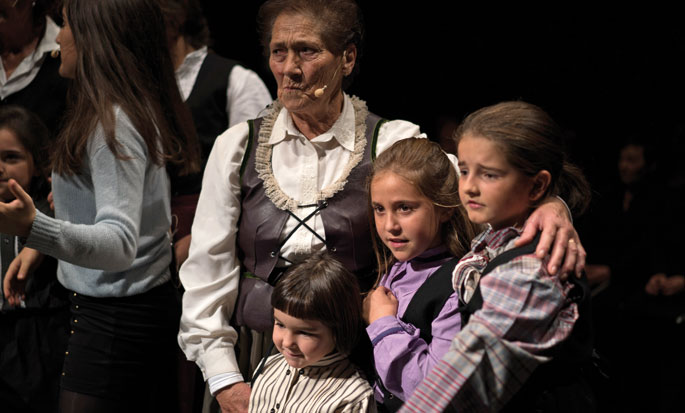Persia to Irun
- We called “peach” what the Romans called “Persian apple.” Its scientific name means “The Persia Valley”. Besides the peach it is known as peach, tuaxa and preskua.

These Romans took the peach to our own. Among the remains found in the Oiasso de Irun is the oldest peach bone in the Iberian Peninsula. From Persia to Oiasso.
Don't miss me. He who brings to his nose a mature peach from someone who has never smelled him “has conquered it,” or at least won it. How many smells and tastes the Romans, the Celts, the Arabs have not brought to our country... They've all earned us, and we've won with everyone.
One hundred and ten ingredients have been differentiated in the smell of peach. One hundred and ten! Ketones, alcohols, aldehydes, polyphenols, terpenes, mats... One hundred and ten. With what we know today, we can say that the smell of peach has one hundred and ten ingredients. In a few years' time you will find so many others. Flavonols, condensed tannins, chlorogenic acids, anthocyanins... What wouldn't I have! All healthy. But not all peaches equally strengthen health. Scientific measurements for the difference between peaches produced in chemical and organic agriculture are recent. The difference is that, among other things, the ecological ones are much richer in phenolic components. These components strengthen the plant to fight insects and fungal, bacterial and viral infections, as well as mechanical stress.

We're going to ask the Peach. Peach or crest bird, Pyrrhula pyrrhula. Its scientific name comes from the Greek, which means “the one who eats the worms”, but in our own it is a bird of peaches. He does, before starting to peck, he will perfectly distinguish chemical and ecological peach. The smell must suffice. You will not hesitate to choose, will you not? And you, which one do you choose in the store?















